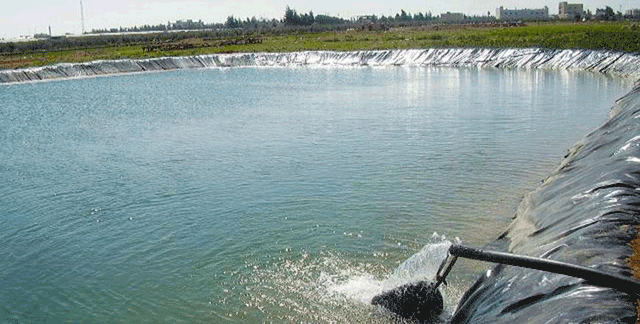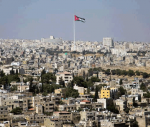You are here
Three new wells start operating in Maan Governorate
By Hana Namrouqa - May 29,2017 - Last updated at May 29,2017
AMMAN — The pumping of water from three new wells in Petra District in Maan Governorate has begun at a capacity of 600 cubic metres per hour, in a bid to improve supply at the desert town, an official said on Monday.
The three new wells are part of a project which seeks to provide additional water to the residents of Petra District, according to Omar Salameh, the spokesperson of the Ministry of Water and Irrigation.
The project also entailed the construction of water reservoirs, operation rooms and the installation of 12 kilometres of pipelines, according to Salameh.
“The project will serve over 27,000 people in Petra District and adjacent areas, where water supply was irregular due to a lack of water resources. Residents of Petra District will see a noticeable change in water supply this summer,” Salameh told The Jordan Times.
He added that another well in Hussainiyeh in Maan has also started operation this week, noting that it now pumps additional 120 cubic metres of water.
Located 220 kilometres south of the capital, Maan Governorate’s daily per capita share of water stands at 80 litres, according to the ministry, which said that water loss due to deteriorating networks and violations is affecting supply to residents.
The governorate’s population currently stands at 144,083, according to a population census conducted in 2015.
At the launch of the new wells in Maan, Minister of Water and Irrigation Hazem Nasser stated that the government focuses on upholding water services, and on addressing water scarcity, which is aggravated by the country’s hosting of 1.4 million Syrian refugees, in addition to the changing climate that affects precipitation amounts.
The ministry’s official figures showed that demand for water grows by 5 per cent each year nationally, but indicated that the figure rose to 40 per cent in the northern governorates since the Syrian crisis started in 2011.
The second report on the state of the environment, released by the Ministry of Environment last week, indicated that climate change is among the Kingdom’s main challenges, as it directly affects the water and agricultural sectors.
Meanwhile, the 2013-2020 Jordan Climate Change Policy suggested that the country would witness a 1 to 4°C increase in temperatures, as well as a 15 to 60 per cent decrease in precipitation, while a recent study issued by the Water Ministry indicated that climate change over the past two decades had caused a drastic drop in rainfall, prolonging dry spells in Jordan.
The study, carried out by Stanford University, in cooperation with the ministry, indicated that the country had received a below average amount of rainfall in 13 out of 19 years between 1995 and 2013, with longer periods of drought witnessed during the same period.
Related Articles
AMMAN — The Ministry of Water and Irrigation announced on Wednesday the floating of a tender for a project to increase daily water sup
AMMAN — A new water network will be installed in two areas of Maan Governorate to improve water supply and reduce loss, which stands at 40 p
AMMAN — Estimated water losses due to repeated instances of water theft amounted to about 9.58 million cubic metres last year, Water a















